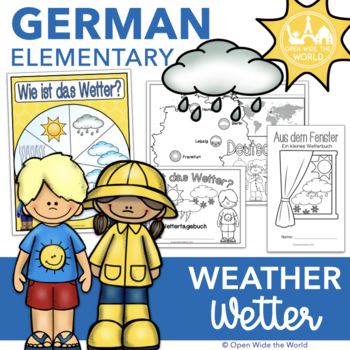For the very first time, I taught in Froggy’s 1st & 2nd grade class! And for the very first time, I used a method of language teaching called Story Listening (SL). You can read all about the method at the Stories First website. It was a total success! I’m so thrilled!
I had the children for a whole hour!
As I entered the group, I said, “Guten Morgen,” and repeated it. To my delight, the children chimed right in! Then we went right into “Ich heiße…” Again, they were ready to repeat! We practiced the “ch” sound. Then we started again. The only thing was, they repeated my whole sentence, including my name 🙂 So we straightened that out, and I went around the room, asking each child’s name. I started with the 4 children who had been in my German class in Pre-K/Kindergarten. I figured they would be more comfortable with saying the phrase, and they could also be a good model for the other children.
Next, I talked to the children about magic. Yup. Magic. To me, speaking a foreign language is a lot like making magic! It’s like cracking a code. Or knowing a secret – the good kind of secret 🙂 And just look! All of the children had already worked some magic! I never told them what Guten Morgen or Ich heiße meant. But of course, they knew. Then I told them I was going to teach them some more magic a little later….
Then I taught them the hello song. I used my word posters to teach them the actions: klatschen, stampfen, patschen. And we counted to 2. We talked about doing the actions quietly, so the classroom below us didn’t think there’s a herd of elephants – or a thunderstorm – upstairs! And then I asked them if I was showing them the right word, so they could practice ja and nein. Finally, it was time to sing the song!
Next it was time for the children to be magicians! Because I was going to tell them a story.
A whole story, all in German!
I asked them to listen with their ears and watch with their eyes, and just relax and take it all in.
Of course, we needed our magic words to start the story: Es war einmal…
I had practiced telling a simplified story of Goldlöckchen (Goldilocks). As you tell the story, you draw pictures on the board and write the word in German (L2) underneath it. You can use other tools from the SL toolkit (on their website), too, like gestures and antonyms to help with comprehension. The children were right with me, the whole time! Here’s what the board looked like when I was finished:

Of course, by the time I had finished, the kids were a little restless. Time for some movement! So we played a game of Simon sagt! (Simon Says). We used the verbs from the hello song (klatschen, stampfen, patschen) plus the verbs from our story: essen, spazieren gehen, rennen, einschlafen, aufwachen. It was a big hit!
Then I had handouts for the children to do. I had come up with 5 ideas, and the teachers liked them all, so we made up packets for them to do. The first and second-graders got different ones, based on difficulty.
You can download the handouts here: Goldlöckchen Arbeitsblätter GitA
The Stories First website also has a collection of stories for various languages and levels in the Great Story Reading Project. You do have to register to gain access.



































